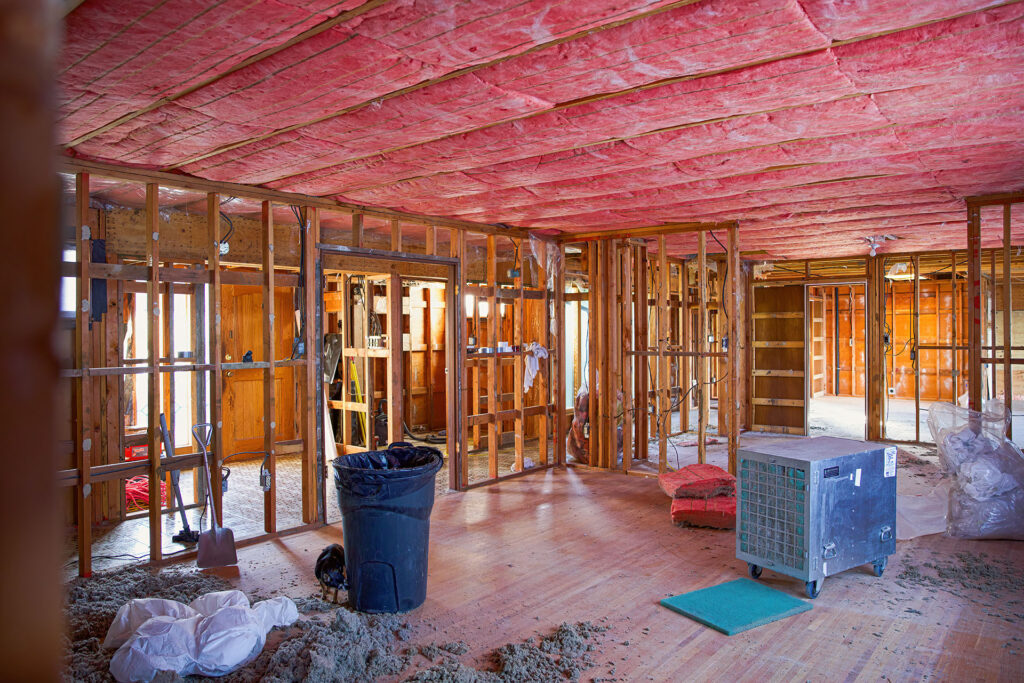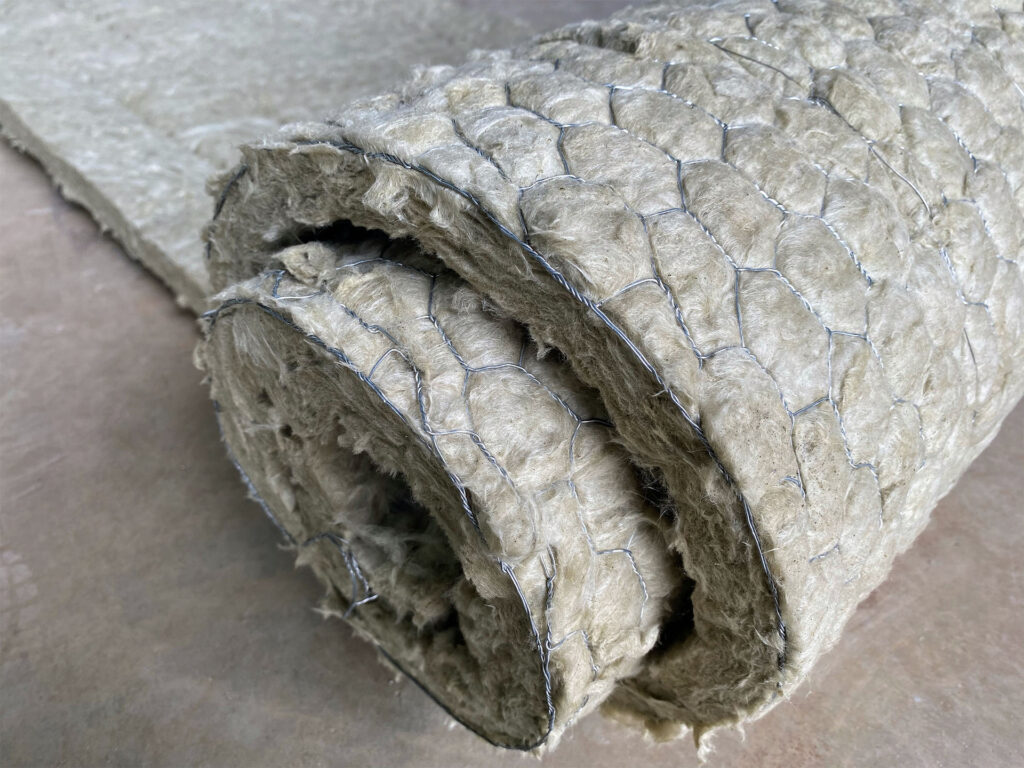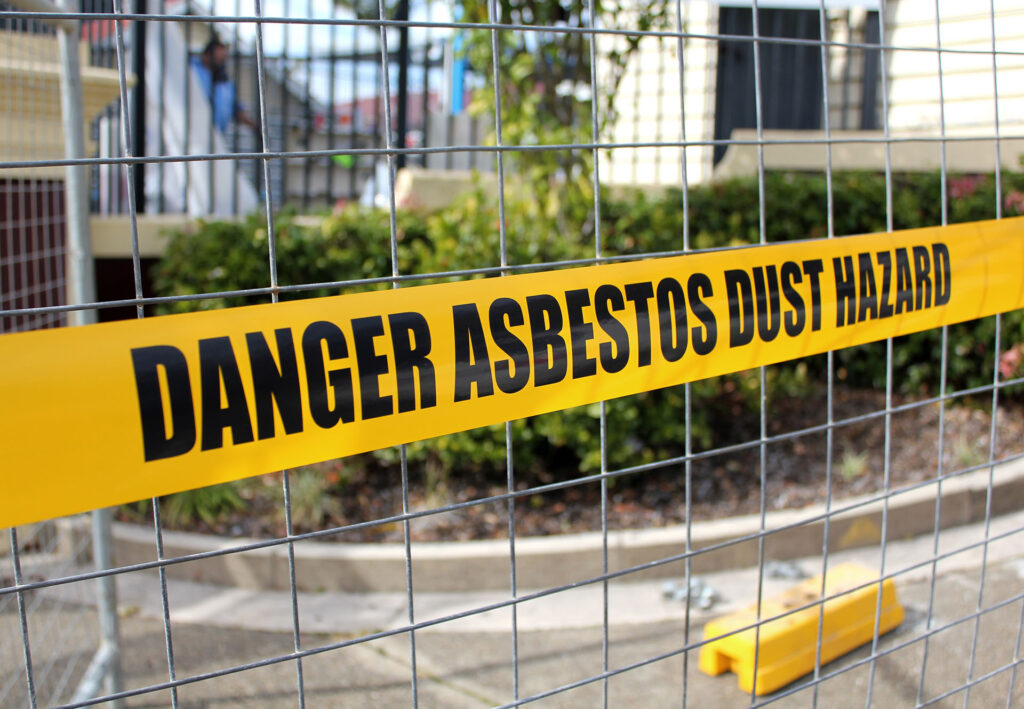Asbestos is a global issue which threatens lives and health across all parts of the world. It is estimated by the World Health Organisation (WHO) estimates that approximately 125 million workers across the globe are exposed to asbestos every year and that over 107,000 people are killed due to asbestos exposure each year.
Despite these shocking numbers, many countries continue to extract and export asbestos. The largest producer is Russia which produced 618,037 tons of asbestos during 2013 alone. Other big exporters are those from the ex-Soviet Republic of Kazakhstan, Brazil and China with 175,000, 125,832 and 52,860 tonnes in 2013 respectively.
Thankfully, more than fifty countries have prohibited or limited asbestos use. However, it is alarming to note that asbestos-related companies spent close to 100 million dollars between the 1980s and 2013 trying to stop these prohibitions.
Asbestos Consumption by Country:
Canada
One place where the asbestos industry landed on its feet was Canada. Not too long ago the Asbestos industry was a bustling industry in Canada and the most recent Canadian asbestos mine shut down in 2012. A town was named Asbestos in Quebec that was constructed around the world’s biggest asbestos mine!
Amazingly, it was just in July of 2015 for the first time ever, that the Canadian government acknowledged the implications of asbestos on community health. A group called Ban Asbestos Canada is lobbying Parliament to block imports and stop new installations and notify the public about places where the mineral is being utilised. (2)
News stories reveal that Canada’s prime minister Justin Trudeau supports a ban on asbestos. He stated to journalists that the government is moving ahead with an asbestos prohibition in the month of May.
United Kingdom
The U.K. first regulated asbestos in 1931 when they imposed an acceptable level of exposure. Two types of asbestos, such as crocidolite, and amosite were banned in the 1980s. A different kind of asbestos, chrysotile was later banned in 1999.
The Control of Asbestos Regulations Act effectively banned asbestos use in the U.K. in 2006. The legislation also stipulated that asbestos removal be carried out by a licensed asbestos removal specialist and removal plans have to be approved by Health & Safety Executive.
It is believed that the National Health Service has conducted extensive research on the consequences of mesothelioma and asbestos-related illnesses. The NHS has several treatment centres for asbestos-related victims such as The Royal Marsden Hospital.
United States
A number of federal laws in the US obligate the Environmental Protection Agency (EPA) to regulate asbestos in the United States.
The EPA prohibited the use of asbestos-based items within the United States in 1989, however, in 1991 a federal court later overturned this ban. The law requires asbestos to be removed from schools. The law funnels federal funding for the removal of asbestos from schools to ensure this occurs.
A variety of trusts were put in place in order to compensate asbestos victims in the US. These trusts, run by federal courts will pay legitimate personal injury claims to those who have suffered from the effects of asbestos. The trusts were created due to the fact that a few companies that produced or mined asbestos declared bankruptcy due to lawsuits brought by survivors and were therefore unable to settle compensation claims filed against them.
India
Asbestos is extensively throughout the construction industry in India. It is fairly well documented by a number of magazines that asbestos is in high demand even despite the well-known health risks. Despite India having banned the mining of asbestos, it remains a world leader in the importation of asbestos materials.
This, along with other factors are the reason why experts predict there will be an incredibly steep rise in asbestos-related ailments in India over the next decade. In reality, they claim India is likely to suffer more asbestos-related ailments over the coming 50 years.
A group dubbed”The Ban Asbestos Network India (BANI) is pressuring the Parliament to ban the substance.
Rotterdam Convention
The five of six recognised types of asbestos are listed on the Rotterdam Convention Hazardous Substance List. It is the Rotterdam Convention is a “multilateral treaty that promotes the sharing of responsibility in relation to the importation of chemicals that pose a risk”.
The convention demands that exporters inform consumers and buyers of the potential dangers posed by asbestos-based products. A majority of countries have voted to add the sixth form of asbestos (chrysotile) to the list of asbestos, but the move was blocked by exporters.
Australians should be cautious of products imported from countries that continue to employ asbestos, as asbestos remains extracted and used in construction and manufacturing all over the world.




